5 Herbal Medicines You Can Grow in Your Balcony
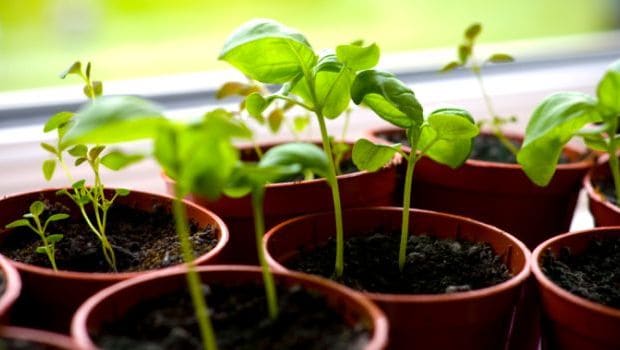
How wonderful would it be to find a natural cure to all your problems right at home? Certain precious herbs can serve as natural solutions to some of the common health problems that you may face. Moreover, herbal substitutes are gaining an edge over artificial hair and skin care products. The good news is that these can be easily grown and maintained in your very own balcony and we’ll show you how. Here are five herbal plants that you must have at home:
1. Calendula
Calendula is great for curing most skin-related problems. You can soak some calendula flowers in boiling water and later use this waster to treat a burn, skin infection or insect bite.
How to grow and maintain calendula – The calendula plant grows best in areas that receive good sunlight. While it can be positioned under a little shed during hot summer months, it is advisable to grow it in a place where it can receive proper sunlight during the day. Following the planting stage, mix 2-4 inches of organic compost in the soil to ensure healthy growth of the sapling. Calendula plants can thrive in low-water conditions and only require regular irrigation to promote the growth of its vibrant bloom. One to one-and-a-half inches of water once a week is enough to maintain its overall growth.
You must regularly check the underside of calendula leaves for any pests like white flies, which have a tendency to gradually ruin the plant by promoting the formation of mold.
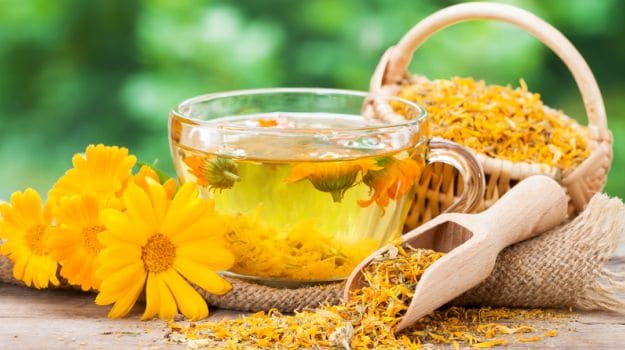
2. Peppermint
You can grow this plant easily in a pot. The best time to harvest the leaves is when the plant begins to flower. Fresh peppermint is great for curing gastric disorders like an upset stomach, irritable bowel syndrome or indigestion.
How to grow and maintain peppermint – Unlike other types of the mint herb, peppermint is not as invasive, however it can grow and spread quickly. Therefore, it is advisable to cultivate this plant in a specific container rather than with other plants. Additionally, to ensure that the plant stays healthy, it is important to move it to a new location every three to four years as it tends to weaken if left at the same place for a long time. Peppermint also requires lots of water to grow and needs at least an inch of it weekly for healthy growth. It grows best in partially shaded areas and can be put under the sun for a while to increase the effectiveness of its natural oils.
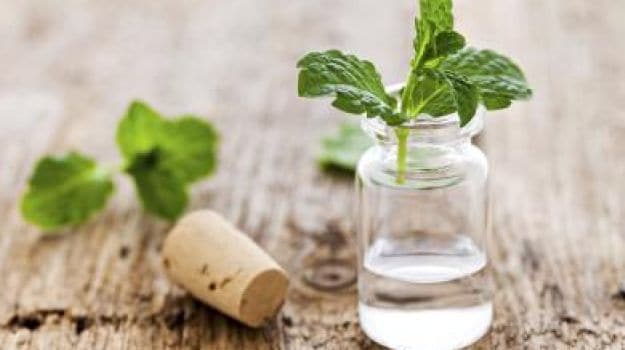
3. Chamomile
Chamomile flowers have the potential to treat your muscle cramps naturally. These plants are easy to grow and require minimal care. Take fresh or dried chamomile flowers in a cup, add some hot water, and let it cool. Rub this water over your skin.
How to grow and maintain chamomile – This plant can be grown indoors and requires only three-four hours of sunlight daily. To achieve a healthy growth, the potting soil should be moist and it should have proper drainage. In addition, while chamomile usually does not attract pests, you should keep an eye out for common insects like mealy bugs. For best results, fertilize the plant once a month.
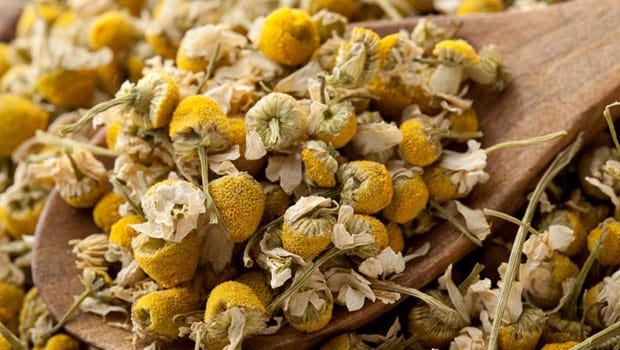
4. Comfrey (Boneset)
It is one of the most beneficial and multi-purpose herbal plants that can be grown without much effort. Comfrey is the best natural cure for sore muscles, back pain and sprains. This plant has allantoin, a compound which helps in healing and promoting tissue growth. It is also rich in rosmarinic acid that aids in pain relief. Let the comfrey leaves stew in hot water for a few minutes. Wrap the softened foliage in a clean, dry cloth and apply it to the affected area for instant relief. You can grow this amazing plant from seeds or shared root divisions.
How to grow and maintain comfrey – Comfreys mostly thrive in nutrient-rich organic soil. Due to its extensive taproot system, this plant has the ability to survive long periods of drought. However, regular watering will ensure that it grows stronger and blooms vibrantly.
5. Holy Basil (Tulsi)
Basil acts as a natural antibiotic tonic. This antibacterial plant is a natural remedy for sore throat, fever, and cold. Regular intake of two to three fresh tulsi leaves with honey can boost your immunity and make you stronger from within to fight infections.
How to grow and maintain basil – Basil grows well in compost-rich and moist soil. Plant the seeds in a pot or container with proper drainage. This plant has a tendency to grow well in wa arm climate and requires up to six hours of sunlight daily for healthy growth. Make sure you water the plant only at the base and not over the leaves as it may cause the plant to droop.
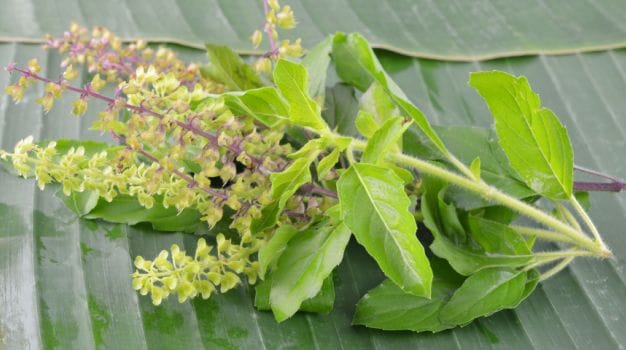
Start growing your very own herbal corner today for a constant supply of herbal medicines to alleviate common health problems and ditch resorting to pills every time.
[“source-ndtv”]